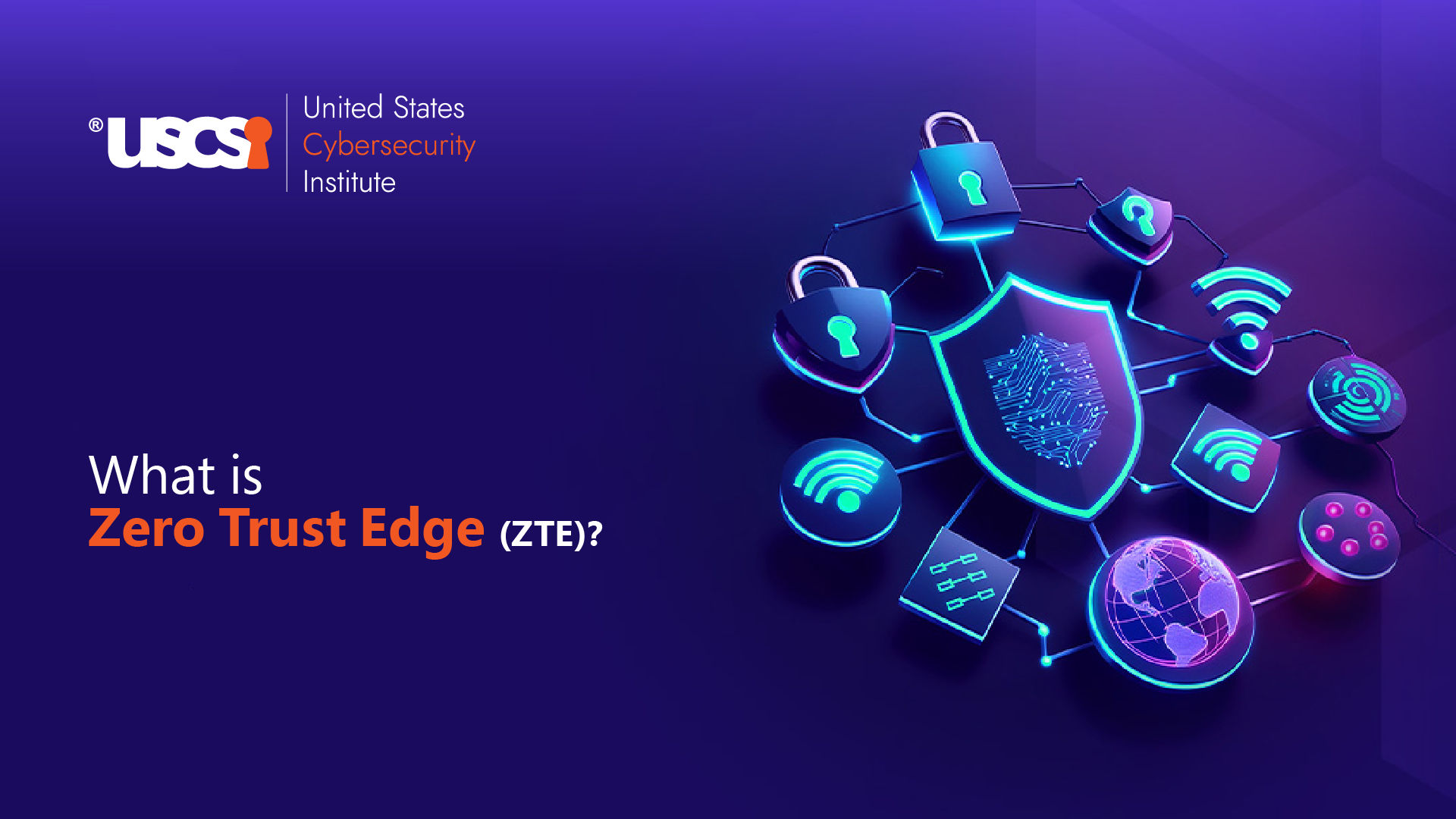

Zero Trust Edge (ZTE)- What is it and how does it function?
The increasing adoption of hybrid work and cloud infrastructure has tremendously increased the surface where traditional perimeter-based security models are less effective against rapidly evolving and sophisticated cyberthreats.
This is where Zero Trust Edge (ZTE) comes into play, acting as the most advanced solution, leveraging the principles of zero trust security with edge computing to provide organizations with a highly secure and scalable access to their critical resource irrespective of location.
A recent survey on Budget Planning by Forrester found that 81% of organizations are looking to increase their cloud security budget in the next 12 months, with 41% of their applications already moved to the cloud.
ZTE framework operates on the core principle of “never trust, always verify”, least privilege access, and micro-segmentation. The Zero Trust Edge architecture consists of various components, including Secure Access Service Edge, Zero Trust Network Access (ZTNA), Cloud Access Security Broker (CASB), and more.
In our comprehensive guide, we discuss everything a cybersecurity professional needs to know about Zero Trust Edge, including the key principles, implementation of ZTE solutions, their benefits, use cases, challenges, and more.
For anyone looking to excel in their cybersecurity career, a solid understanding of ZTE is essential. Though best cybersecurity certifications cover these in detail, this guide will give you a complete overview of ZTE and ZTNA solutions.
Download your copy now and get a detailed overview of Zero Trust Edge.





